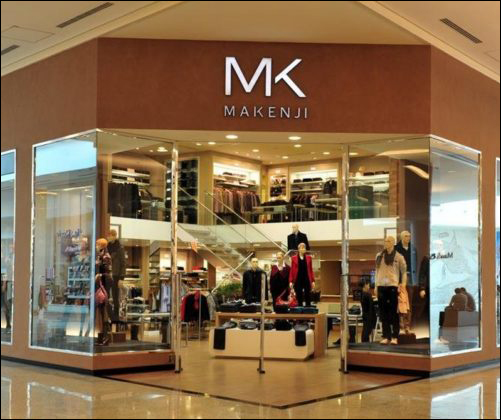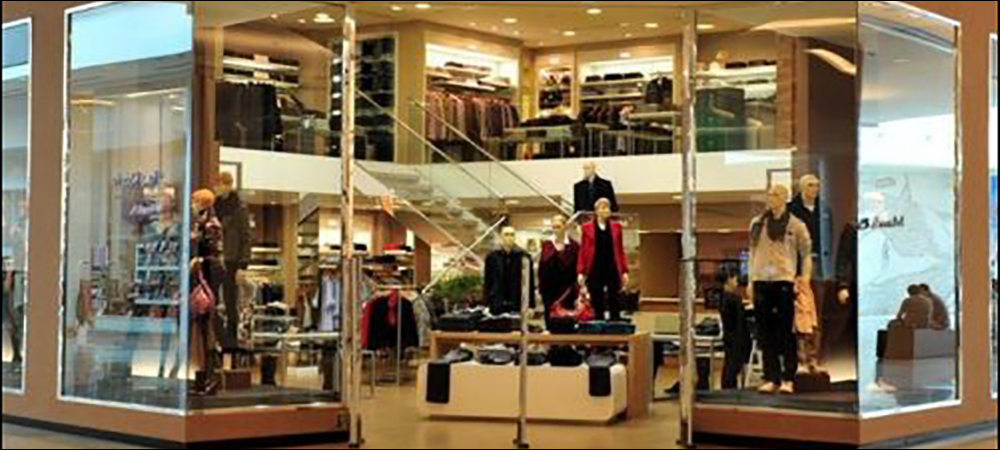Brazilian fashion brand Makenji has specialized in women’s and men’s fashion for more than 40 years. The company recently applied radio frequency identification tags to all of its garments, resulting in a significant gain by lowering its costs and increasing its competitiveness. The company designs its fashion pieces and works with outsourced clothing companies to supply its chain of 21 stores throughout southern Brazil with its own goods.
Angelo Alves, an IT executive responsible for Makenji’s RFID project, says the brand’s differential consists of offering contemporary products with quality and at a fair price. “To achieve this goal,” he states, “we invest in trend research, product engineering, strict quality control, partnership with great suppliers, team training and advanced technology in the control of the development, purchasing and distribution processes of products in the physical and digital channels.” He adds, “Our mission is to delight our customers and provide them with a pleasant shopping experience.”

Before the RFID deployment was undertaken by iTAG Etiquetas Inteligentes, all products were handled individually at Makenji, with workers reading bar codes—a predominantly manual and error-prone process. “With RFID,” Alves says, “we gained a lot in productivity, because in most processes the readings started to be done in batches.” The implementation follows GS1‘s passive EPC UHF RFID standard, providing friendlier integration throughout the entire supply chain.
With readers installed in two portals at the company’s distribution center—one at the product entrance and the other at the exit—in addition to readers at specific workstations, the control process performed by Makenji’s employees began to offer gains thanks to the RFID system. The readers deployed are Impinj Speedway R420 models, and more than 85,000 smart tags are now in use. “The main challenge was the adequacy of the equipment and labels used in our products,” Alves says, adding that the customization process brought greater agility, reliability and total product traceability, while eliminating losses.
Alves envisions deploying the RFID solution at stores in order to enable such applications as antitheft, virtual fitting rooms, physical inventory management, intelligent point-of-sale (POS) and other business-oriented innovations. “We enter each order in the ERP [enterprise resource planning system],” he explains, “and with all the necessary data for issuing the GTIN in GS1. Having all the information that needs to be printed on the labels, we send the lot to iTag’s iPrint software, which returns the corresponding EPCs [Electronic Product Codes] for each item.”
The printed labels are then validated on the portal. “The operator enters the order into iTag’s middleware and reads it,” Alves says. “The ERP processes and validates. Only after this process are the tags sent to the suppliers. When product returns from a supplier, we use the entrance portal to read and validate with the order data. After validation, the goods are placed in the boxes to be delivered to each of the 21 stores.”
On the day of billing for the stores, the boxes are read at the exit portal and the ERP system validates the content with what should go to each respective store. “After validation, the products and boxes are linked to the destination store,” Alves states. “The boxes are sealed and placed in the shipping area. Upon their arrival at the store, the operator accesses the ERP and reads the label on each box. After all the boxes are read, validation takes place with what was billed and, in case there are any divergences, we read the items individually.”
The gains already achieved with RFID, Alves reports, include agility, reliability and traceability in every process that involves product handling. “Expectations have been fully met,” he says. “Deploying RFID was a very positive experience. The processes were improved and became much more efficient. The main challenges were adapting the equipment and labels, instructing suppliers to apply the labels properly, and the learning curve of our DC operators during the time it took us to remedy the previous two items.”


